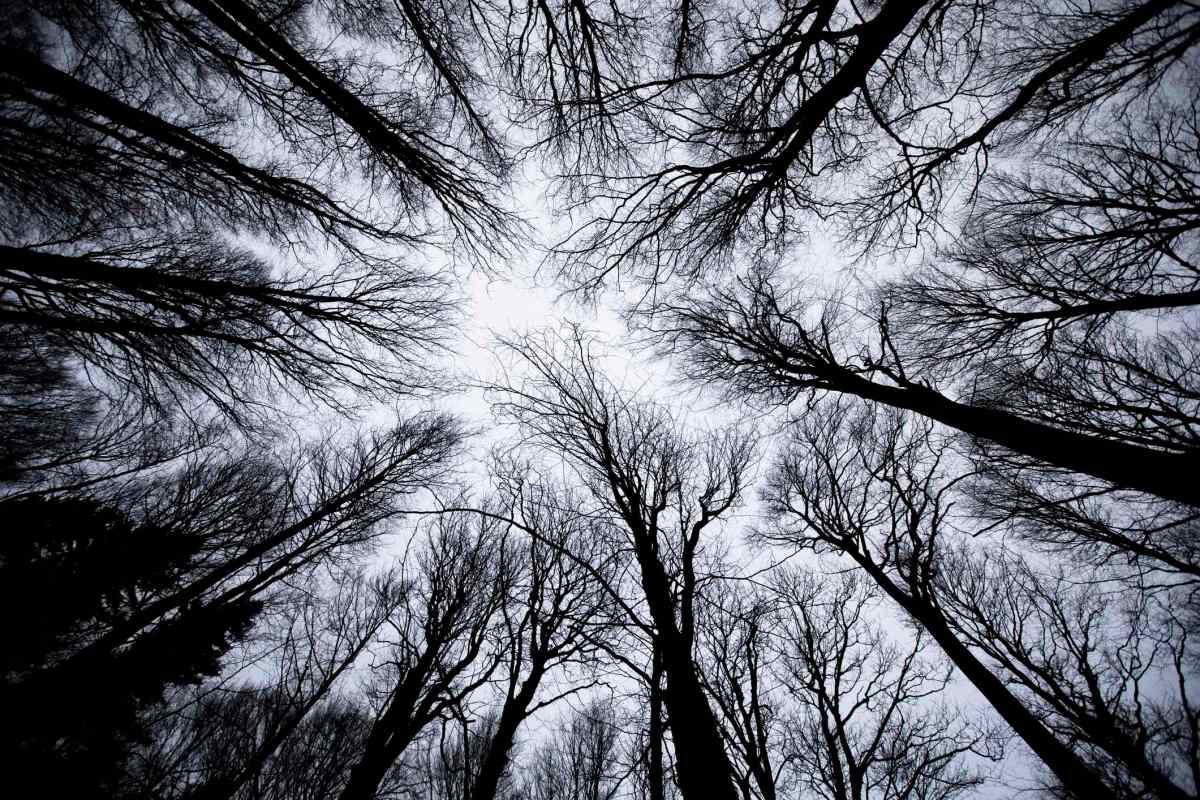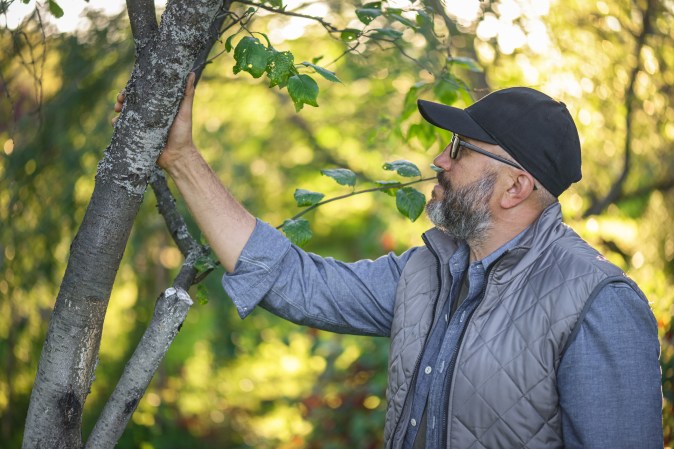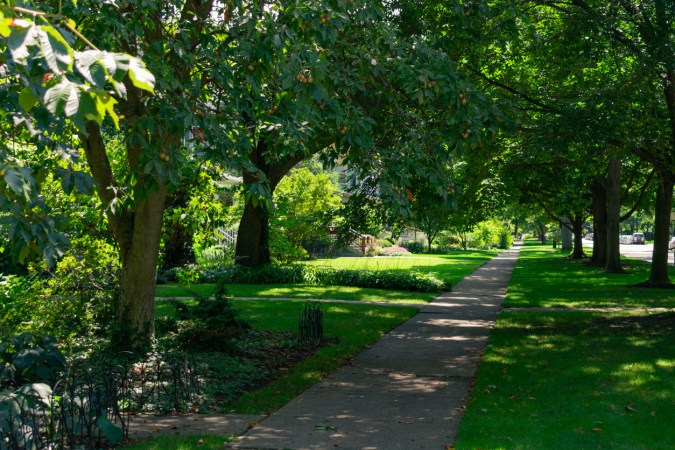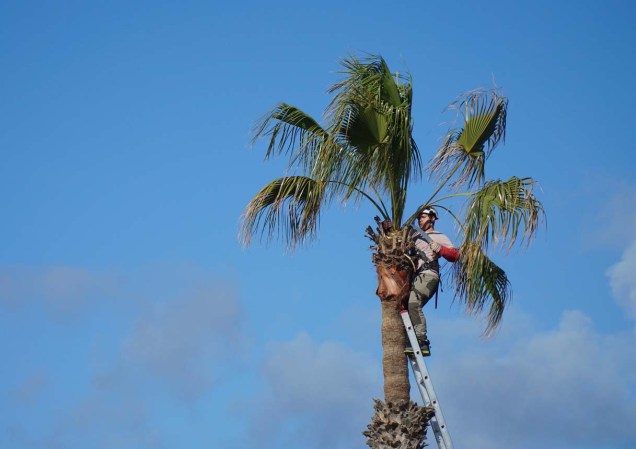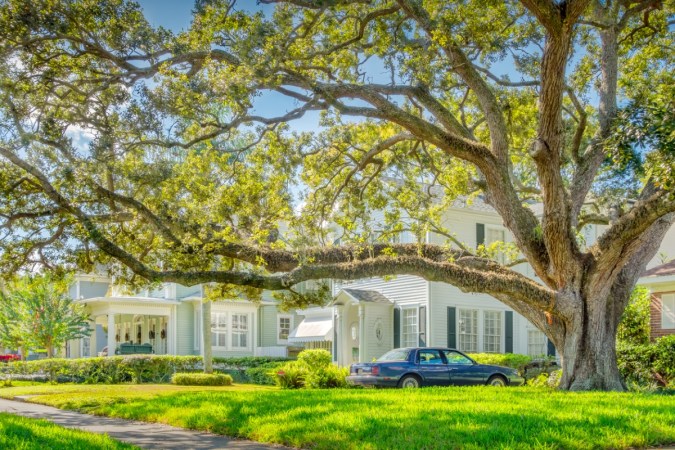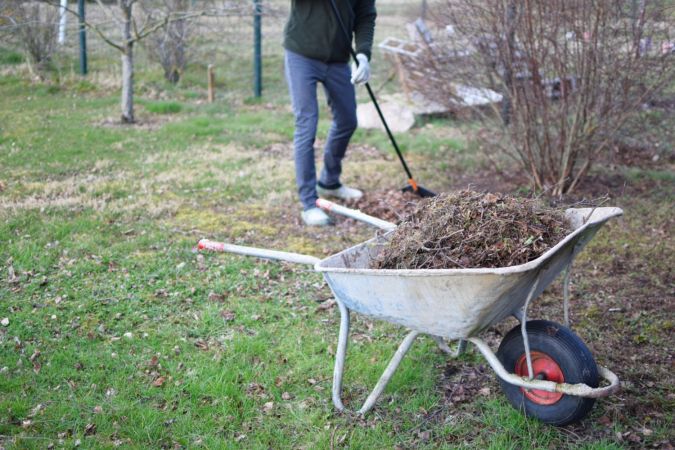We may earn revenue from the products available on this page and participate in affiliate programs. Learn More ›
Trees are magnificent beings. They provide cooling shade, can have majestic limbs that sway in the breeze, attract wildlife to our yards, and so much more. However, some trees look like something out of a horror movie. Eyes that look at you. Spikes up and down their bark. “Blood” dripping down the sides. We’ve compiled a list of some of the creepiest tree features that are certain to send shivers down your spine.
RELATED: 10 Trees That Spell Trouble for Your Yard
Tree Eyes
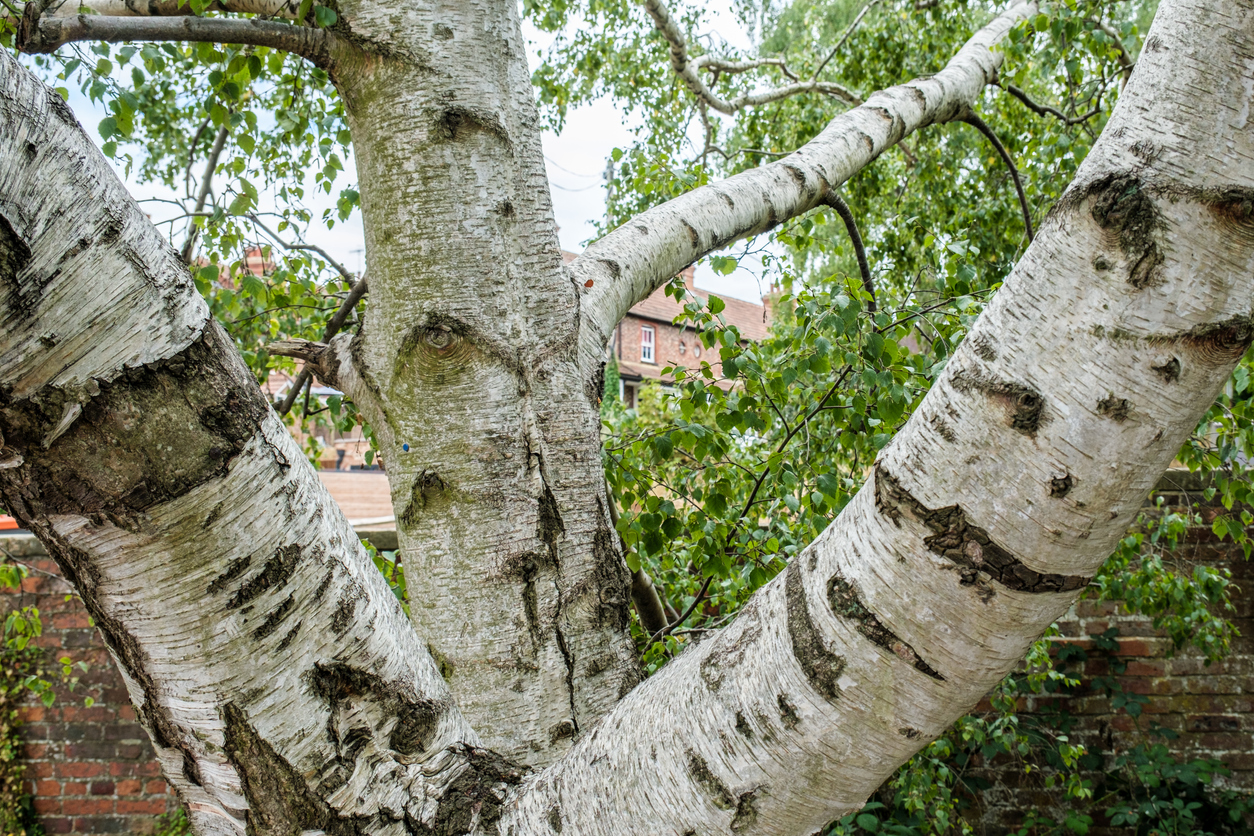
Have you ever looked at a tree only to notice it staring back at you? It can be quite a creepy experience. After all, trees can’t have eyes, can they? Believe it or not, they actually can and do have eyes, but they’re not for vision. Some trees develop marks on their trunk that look like eyes. They can be found where branches dropped after being terminated by the tree itself (often because the tree deemed it no longer productive due to shading the lower branches and blocking too much sunlight). When the joint where the branch used to be is sealed by gum or resin, it might resemble a creepy eye. You could even spot trees with several “eyes” if multiple branches have been terminated over the years.
RELATED: 14 of the Most Dangerous Plants in America
Ghost Trees
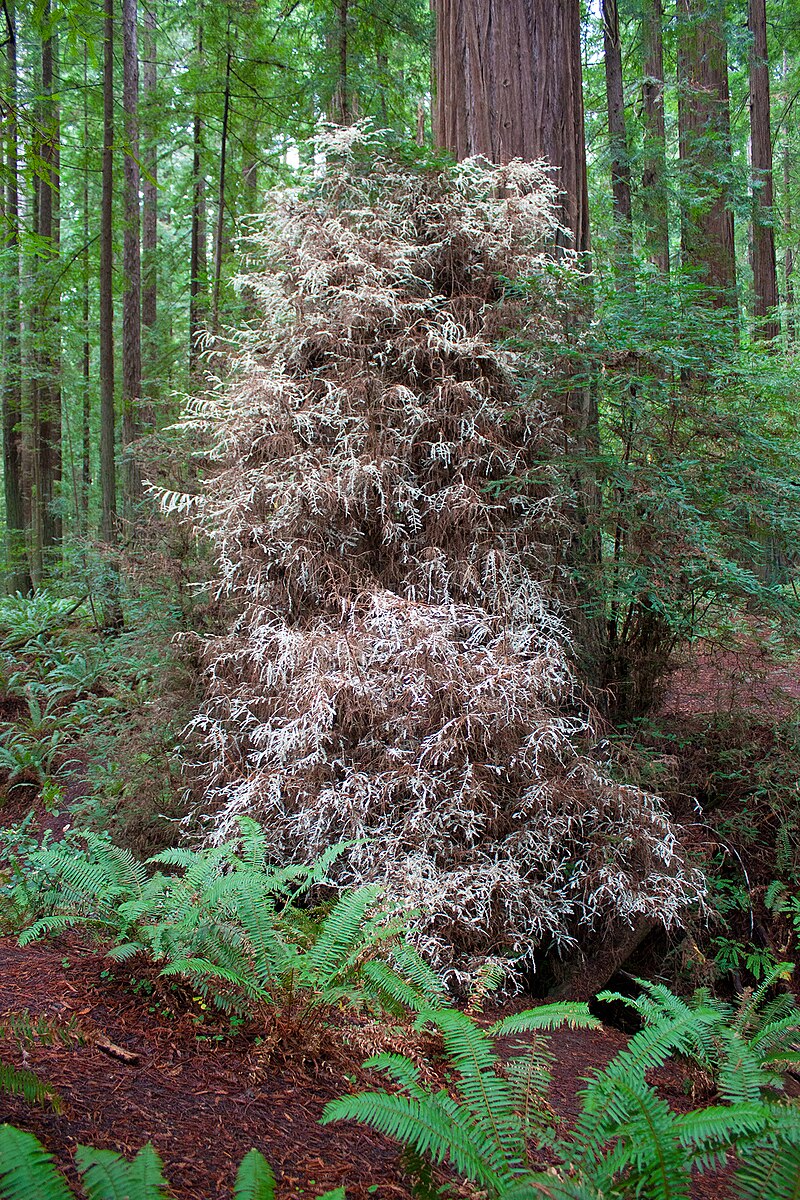
If you’ve ever visited Redwood National Park in California, then you know how towering and impressive the great redwood trees can be. But, have you ever stumbled upon a “ghost” redwood? If so, it may have sent you running, or at least given you pause trying to figure out exactly what you were looking at. As you may be able to guess from their name, ghost redwoods have creepy white needles, instead of the vibrant green needles, covering some of their branches. Despite their appearance, these trees aren’t actually ghosts. The real explanation for these albino trees is slightly less spooky: the sprouts covered with white needles don’t have chlorophyll and can’t complete photosynthesis.
RELATED: Solved! Why Are Trees Painted White?
Bloody Trees
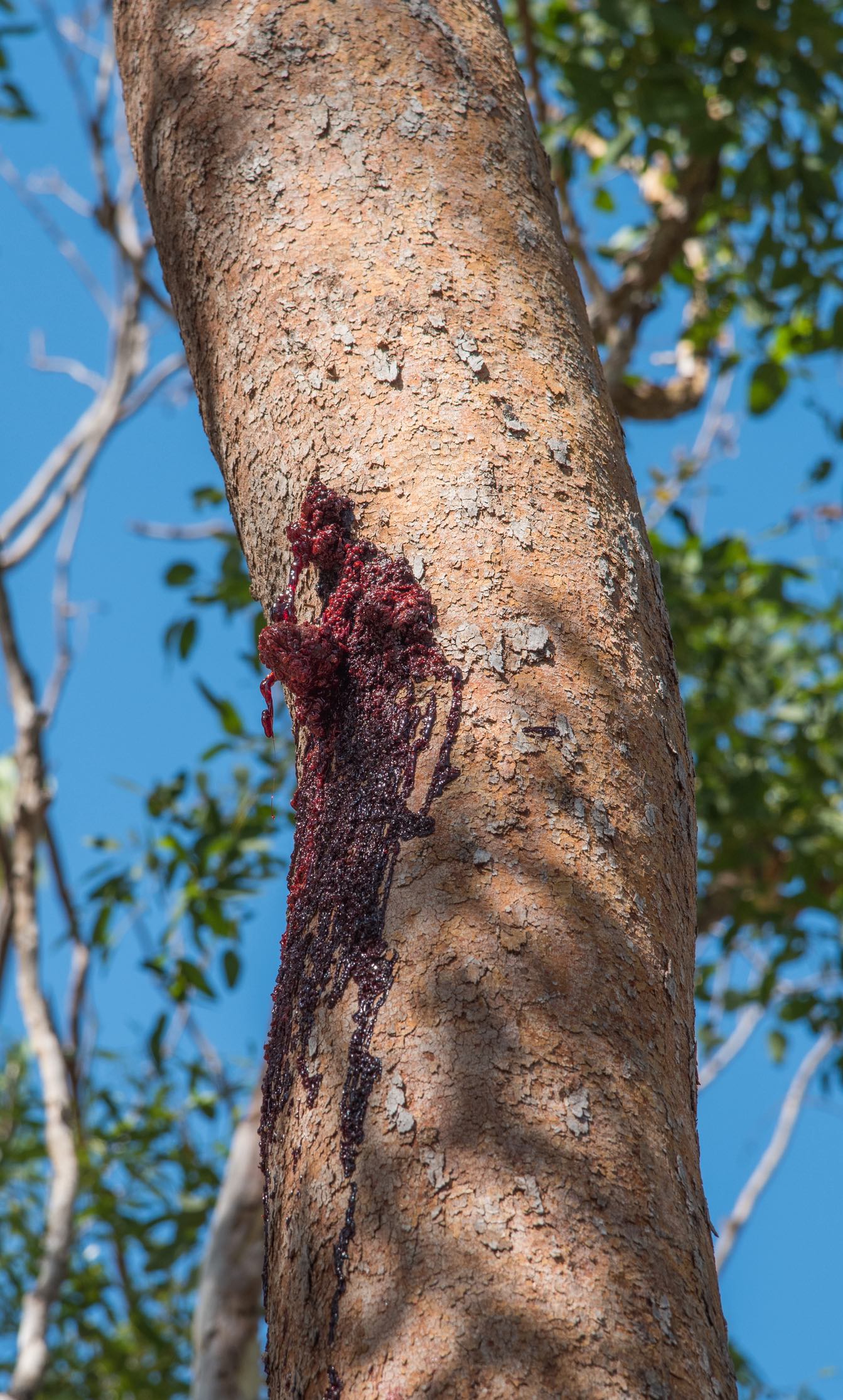
Imagine walking through the woods and coming upon not one, but several, blood-stained trees. Needless to say, you’d be creeped out and hoping you mistakenly walked onto the set of a horror movie. However, if the trees you’ve stumbled upon are muur-muurpa trees in Australia, then you don’t have anything to worry about. The “blood” that seems to be smeared over the bark is actually just the dark red sap they produce. Years ago, members of Australian Aboriginal groups used to grind the blood-red sap and use it to make an antiseptic gum for treating cuts, colds, and other ailments.
RELATED: Pretty Plants That Stink!
Walking Trees
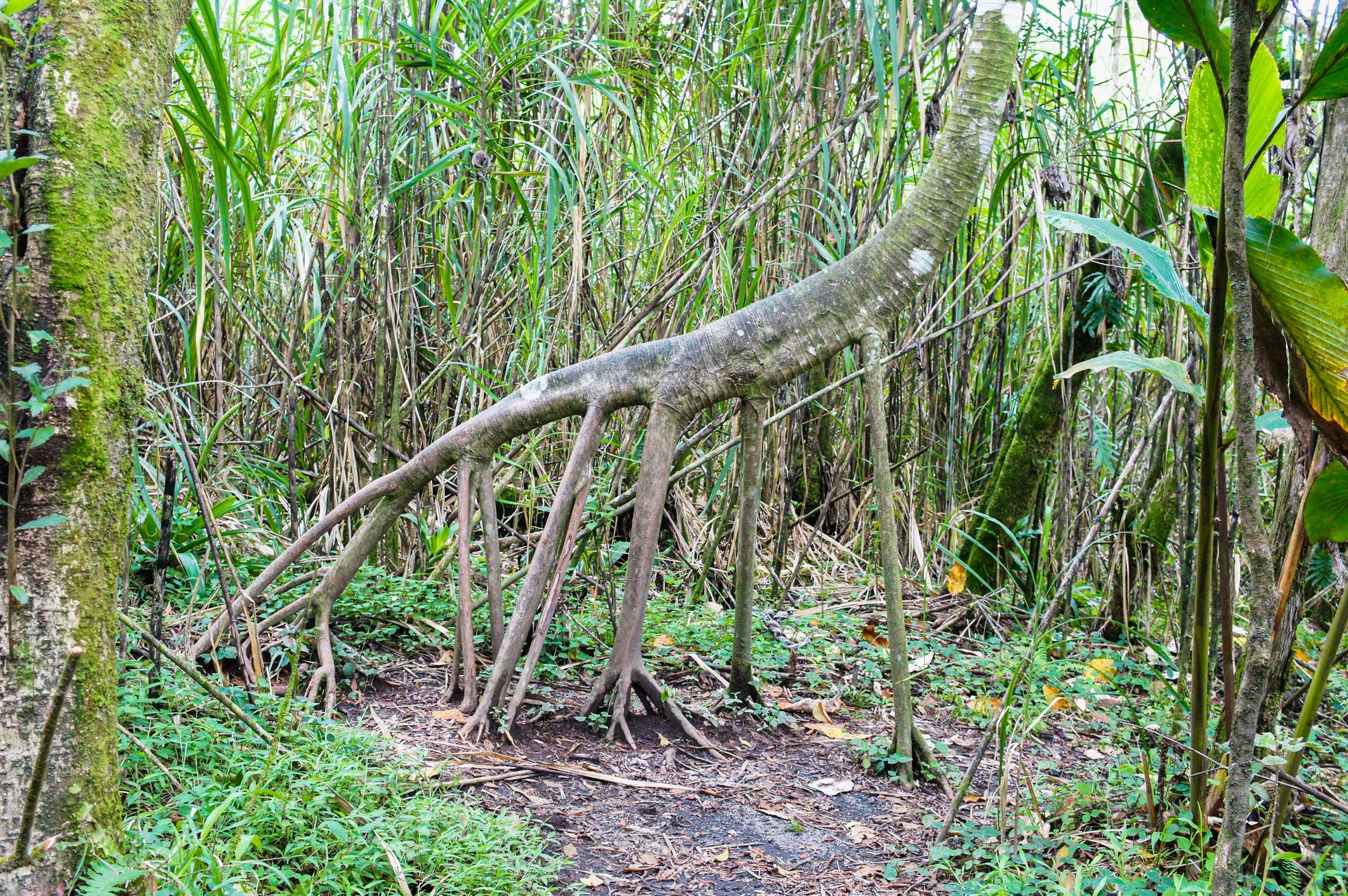
The walking palm appears to have several legs. According to legend, these trees actually do “walk” across the rainforest floor to find areas where more sunlight is present. If you go on a tour through the rainforest in Central or South America, your guide might tell you that the trees—which have multiple roots instead of a single stump—periodically sprout new roots in the direction they want to go and let some of the roots on the opposite side die. However, despite all of the legends and mystery around these trees, many scientists doubt that walking palms can actually walk, but they definitely look like they’re following you!
RELATED: 7 Common Tree Diseases and How to Treat Them Before it’s Too Late
Strangled Trees
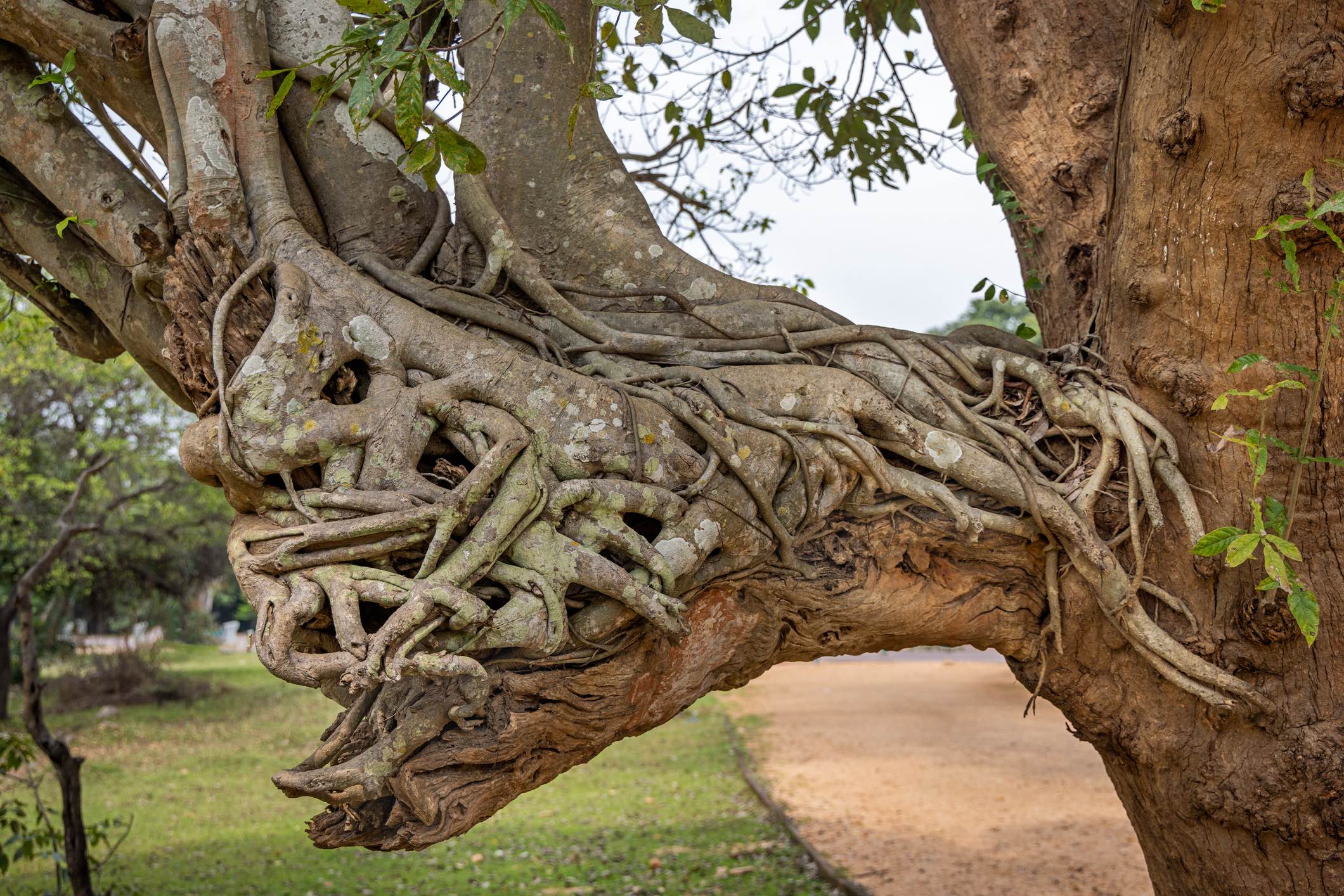
Humans aren’t the only ones that can threaten trees. Sometimes other plants can put them in serious danger, too. The strangler fig, found in tropical and subtropical climates ranging from Australia to Florida in the United States, starts out as a small seed that grows on high branches of other trees. However, over time, these small seeds grow, eventually shooting roots down the trunk of the tree it’s growing on. The roots wrap themselves tightly around the tree and anchor themselves securely in the soil. Once they’ve hit the ground, the roots grow stronger and thicker, effectively strangling the original tree and depriving it of water and nutrients. It’s no wonder that the Spanish word for strangler figs is matapalo, which translates to tree-killer.
RELATED: Beware of These 14 Pests That Only Come Out at Night
Spike-Covered Trees
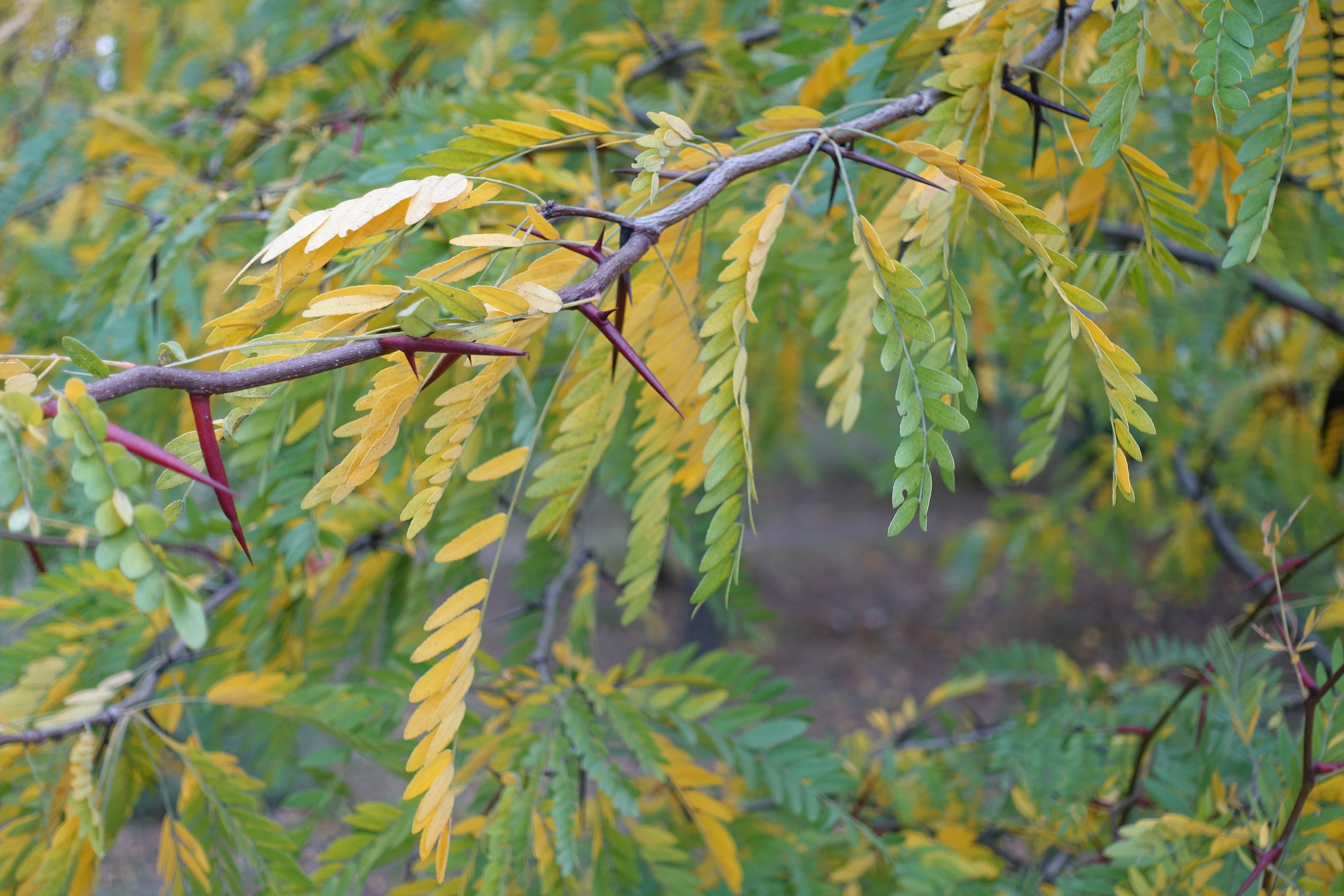
The bark of a honey locust tree is covered with huge spikes, giving it a very creepy appearance. These thorns—which can be up to 8 inches long—have sharp tips and are clustered together, almost as if there are clumps of barbed wire all over the tree. Honey locust trees can be found in the eastern and central portions of the United States. If you notice one of these trees, keep your eyes peeled when walking by it to make sure you don’t step on a sharp thorn that has dropped from its bark.

